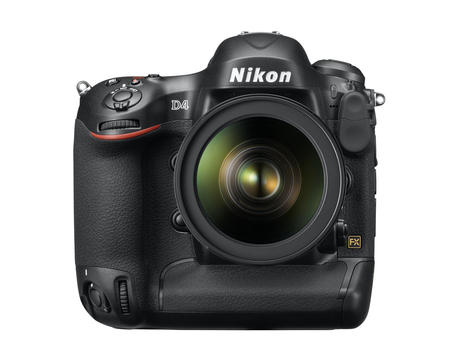
Optical viewfinders offer a higher level of connection to the subject and a superior view of the scene in comparison with electronic viewfinders (EVFs) according to Nikon Europe's Lars Pettersson.
Speaking exclusively to TechRadar at CES 2012, Pettersson explained that this makes optical viewfinders (OVFs) preferable for its SLR customers, and therefore the company will be sticking with the traditional technology for the time being. However, he conceded that EVF technology has improved greatly recently and if that pace of change were to continue Nikon may review its position in a few years time.
Nikon's desire to continue using OVFs in its SLRs rules out the use of a full-time hybrid autofocus system like the one found in the Nikon1 series of compact system cameras (CSC). Unlike CSCs that use contrast detection focusing and SLRs that use phase detection, the Nikon 1 J1 and Nikon 1 V1 have an AF system that uses both phase and contrast detection.
While phase detection AF is usually faster than contrast detection, the latter has the benefit of being more accurate. Using a hybrid system that combines contrast and phase detection should bring the best of both worlds. In the Nikon 1 cameras this is achieved by having 73 pixels on the imaging sensor that are used by the focusing system as well as for making up the image.
This is only possible in a camera without a reflex mirror in the optical path, and as a mirror is a requirement of an optical viewfinder, a hybrid AF system cannot be used in an SLR in reflex mode. It could, theoretically be used for focusing when the mirror is lifted to allow an image to be composed on the main LCD scren via live view or when recording video footage.
Phase and contrast detection
Most SLRs have a dedicated phase detection autofocus sensor and a simple rangefinder system that allows two images of the scene to be analysed. By comparing the two images the camera is able determine whether the lens is back or front focused and thus it knows which way to adjust to acheive sharp focus - thus helping to speed focussing.
Contrast detection autofocus systems use information from the imaging sensor and the lens is adjusted to find the point at which the image has the highest contrast and the subject is in focus. As the camera has no way of knowing which way the lens needs to be adjusted there is often some discernable back and forwards focusing movement.
Nikon's most recent SLR, the D4, has the company's most advanced phase detection system and, we are told, a much improved contrast detection sytem for use in live view mode. It will be interesting to see how the latter performs when we get a sample in for testing.
Source : Google Reader
No comments:
Post a Comment